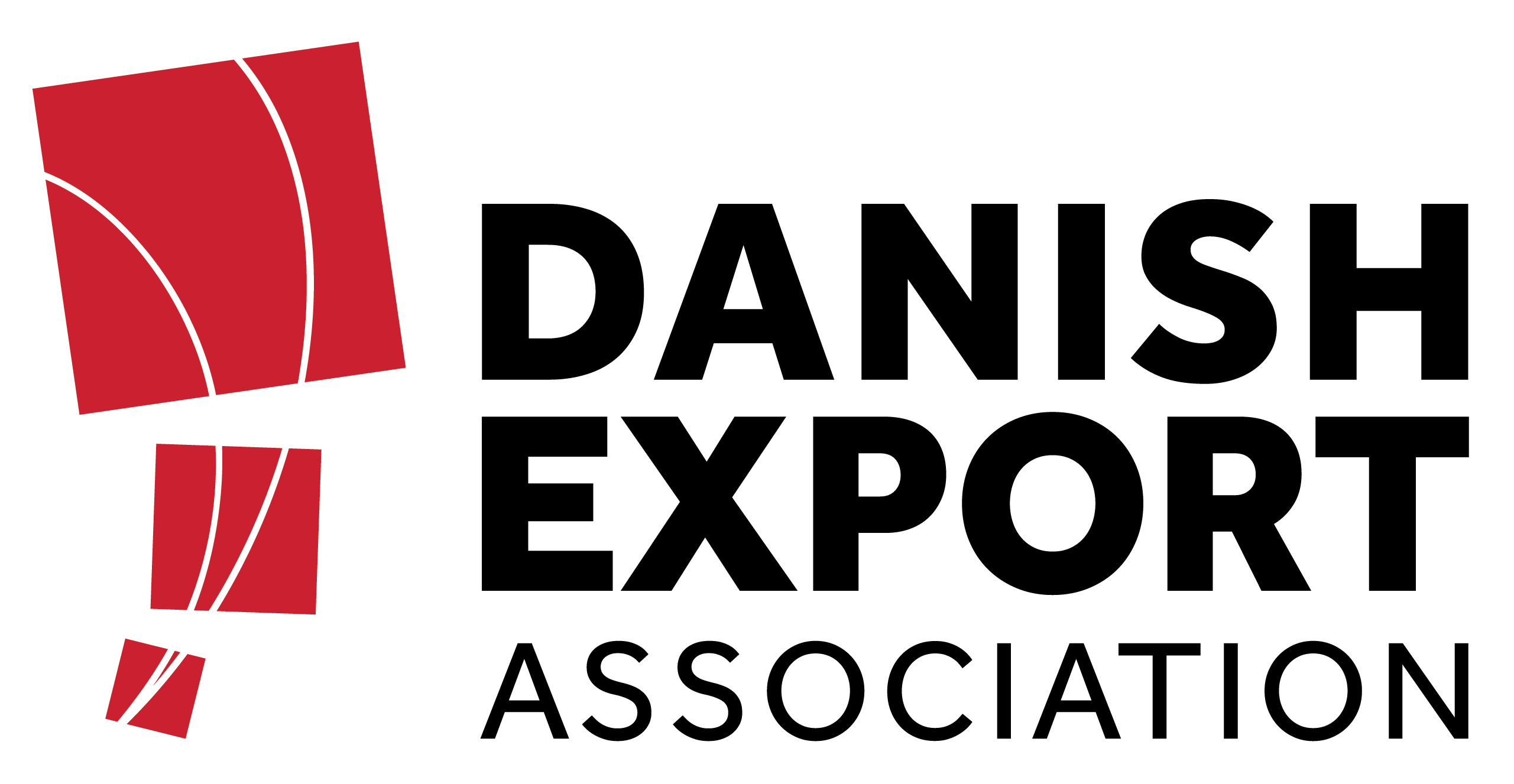Japan: Steadfast Japanese industry and need for quality favours Scandinavian suppliers
While the overall outlook remains bleak, there are pockets of opportunity for Danish suppliers to the global maritime industry, according to Barry Luthwaite, CEO at BRL Maritime Data Services.
Published in 2016.
As 2016 is turning out to be the worst year in shipbuilding since the financial crisis, targeting efforts in the right direction is more important than ever, says Barry Luthwaite from BRL Maritime Data Services. Having followed the maritime businesses for 50 years, he has rarely seen a slump in orders this severe.
Consolidations on the horizon
“Some are liking Hanjin to the Lehman Brothers triggering the financial crash,” says Barry Luthwaite, who believes the drop-in orders – combined with those signed being at or below construction cost – will inevitably lead to further consolidations or yard closures. Particularly the Korean market is in what Luthwaite calls a “horrendous” situation.
“Even the government is thinking the unthinkable – that one of the large Koreans will no longer be there,” says Luthwaite.
Show the Danish strengths
For Danish suppliers operating in the industry, this means targeting efforts and emphasizing your strengths is more important than ever:
“The quality mark attached to Danish products means that Danish suppliers continue to be interesting partners for a number of reasons. This includes the new environmental legislation coming into effect, and which could hurt owners both in terms of potential penalties and lower re-selling value of the vessels. Danish suppliers are known for having the right solutions, and reputable owners will go for top quality,” says Luthwaite.
Japan holds a strong position
While much of the Asian market is under profound pressure, Japan has become the region’s second largest market and is likely to continue to be.
“Japan is in the process of renewing its coastal fleet, and furthermore is benefitting from being the ‘kings of stainless steel’ in the chemical tankers segment,” says Luthwaite.
“Also, the family-owned yards here are continuing to build standard ships, many of which will be chartered to oversees operators. This seems to be a winning formula for Japan. The companies chartering the ships will often specify that European components are used, so here Scandinavian suppliers have a good opportunity to supply their solutions.”
He also points to the fact that doing business in Japan as an outsider has become considerably easier in recent years, with the need for a local subsidiary less important than in the past.
Growth continues for the cruise segment
In terms of segments, Luthwaite’s analyses point to three growth areas in the years to come; tankers, small vessels and cruise ships.
“We are seeing a comeback for smaller yards, particularly with an emphasis on naval vessels, including small patrol vessels. Supplying here means dealing at government level and having to enter into a more bureaucratic process, but nonetheless is one of the niche areas that many yards are looking into.”
With more cruise ships already ordered in 2016 than last year, the cruise business also continues its rise. Both in terms of deep-sea orders, which now stretch into 2024, and in the expedition and river cruise area.
“In Europe, this has meant that a number of mothballed river yards are clawing their way back and will present another interesting opportunity for business, as inland river vessels and expedition cruise vessels will be in growing demand,” says Barry Luthwaite.
Quarterly market reports from BRL Maritime Data Services are available to members of Danish Marine Group at My Export Association
